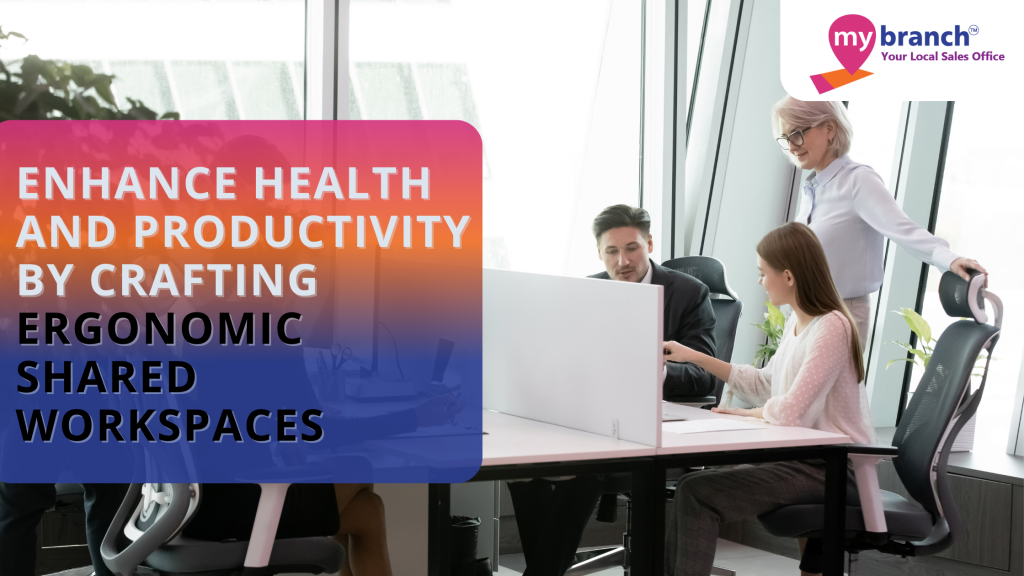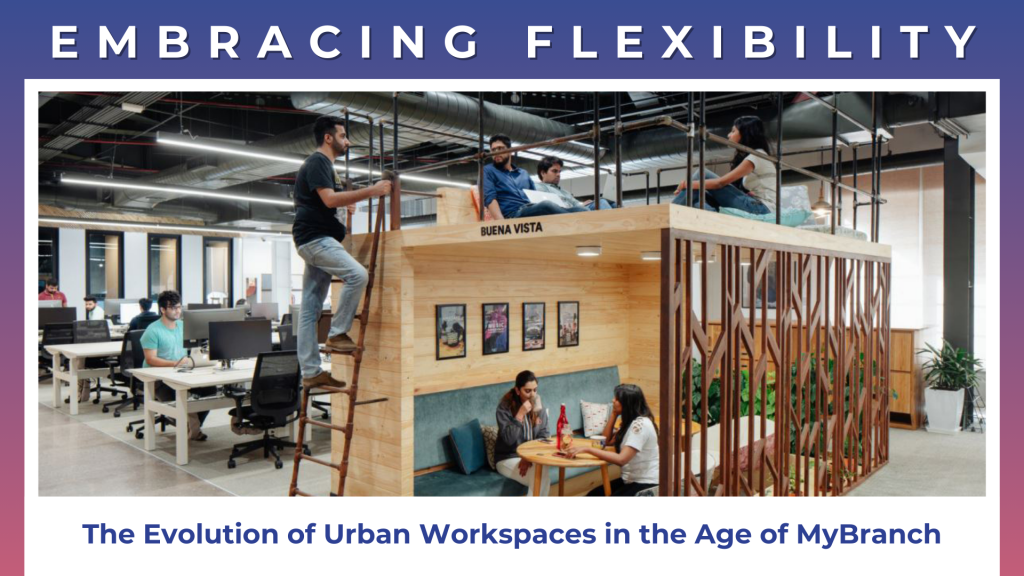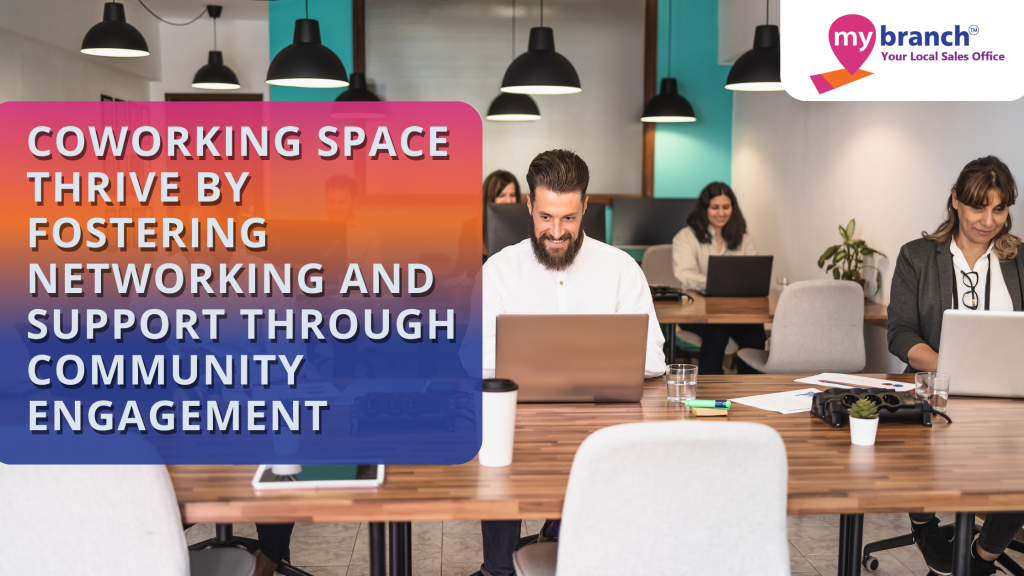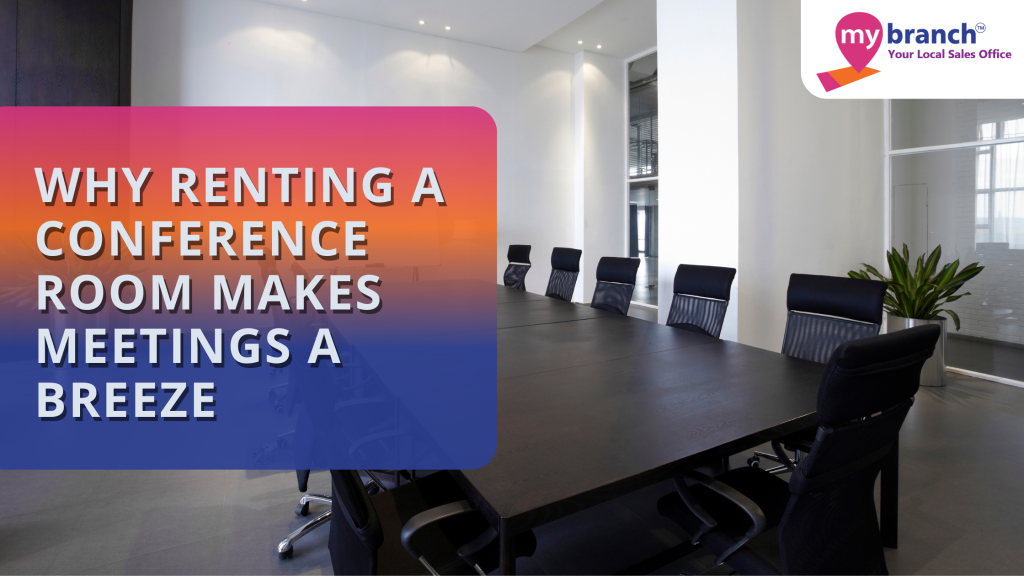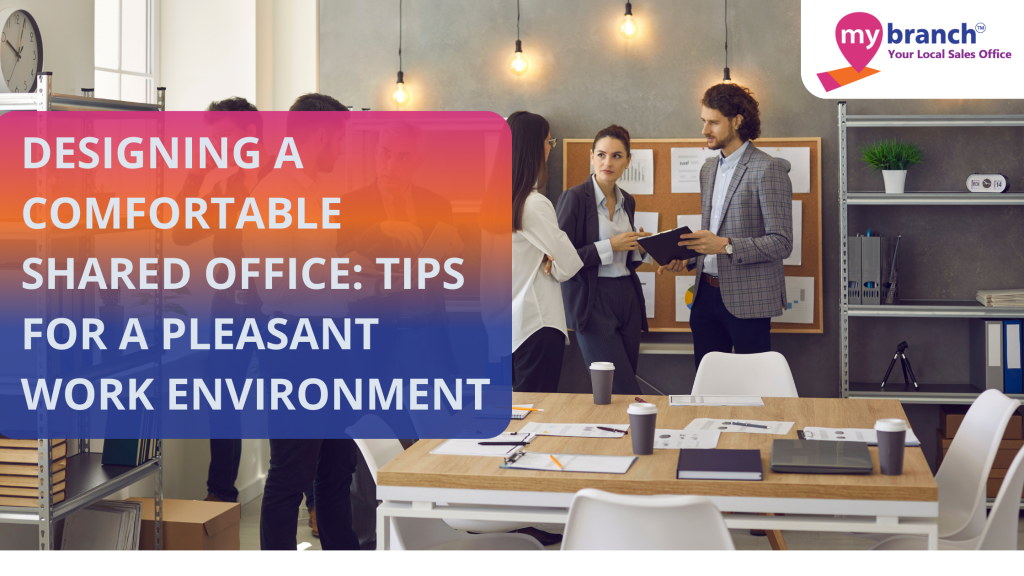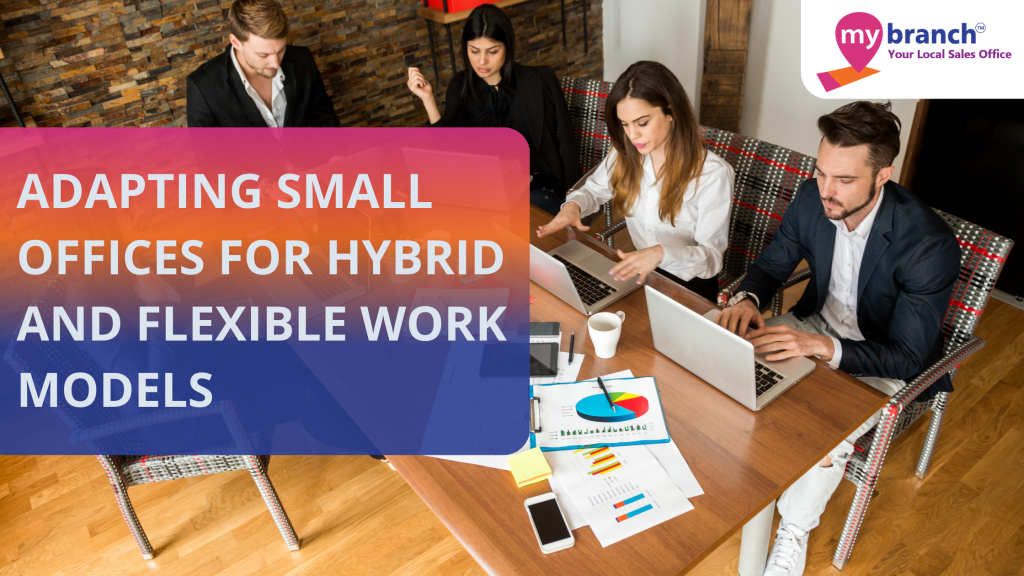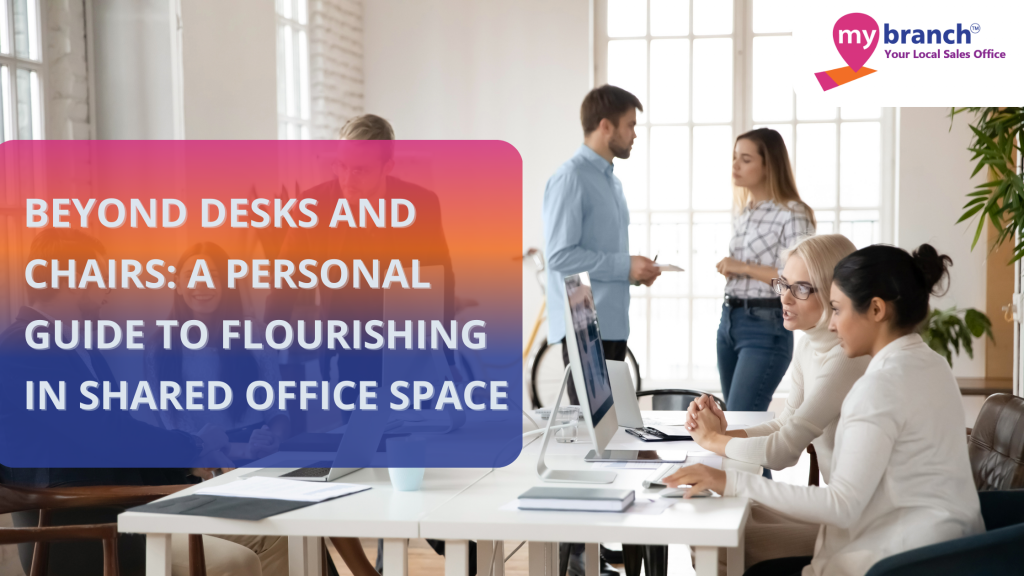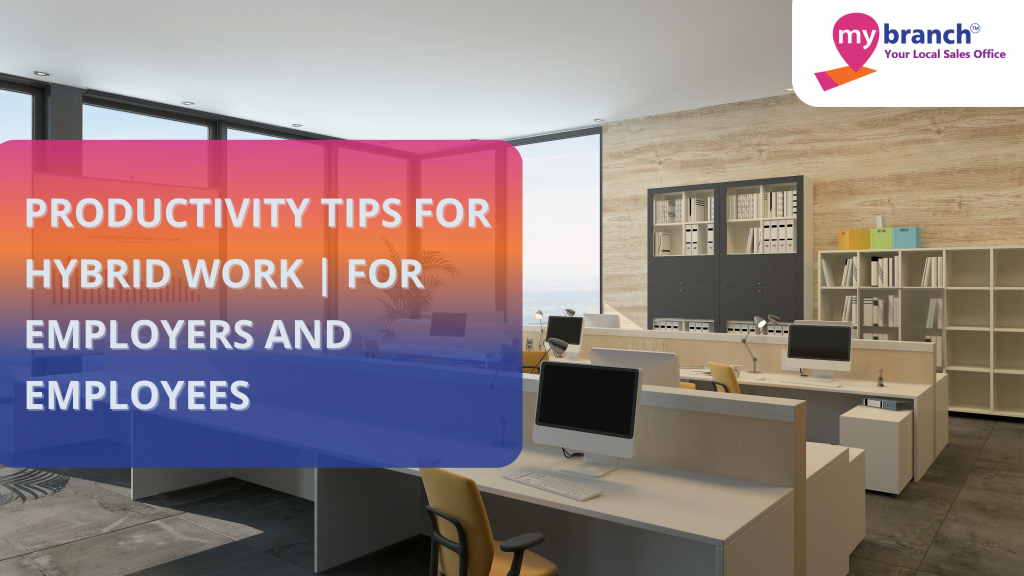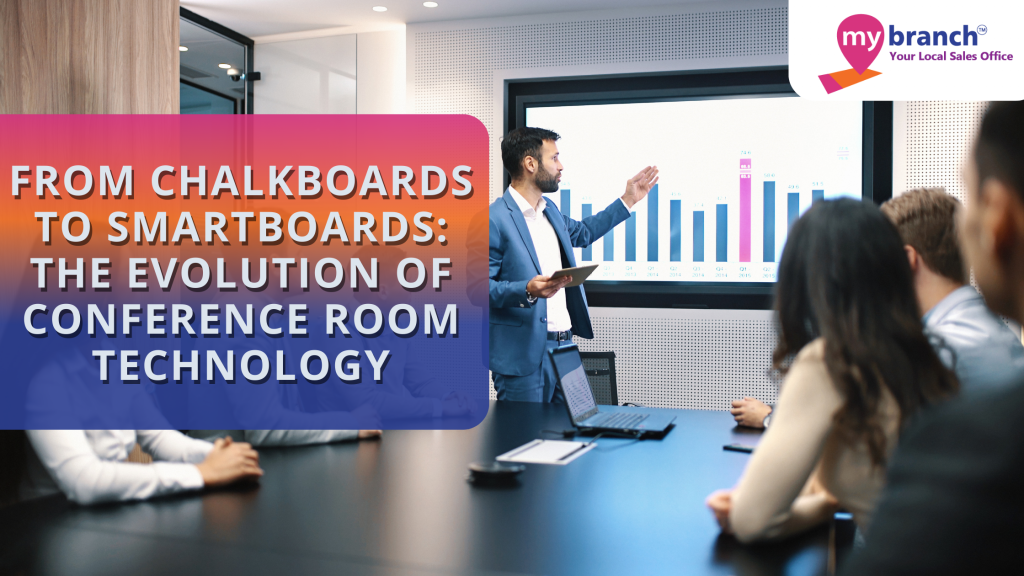
Hey there, tech enthusiasts! Today, let’s take a stroll down memory lane and explore the fascinating journey of conference room technology – from the days of flip charts to the cutting-edge innovations shaping the future of collaborative workspaces.
The Good Old Days: Chalkboards and Overhead Projectors
Picture this: It’s the 80s, and you’re walking into a conference room with a classic chalkboard dominating one side of the room. The presenter is armed with colored chalk, ready to illustrate ideas and strategies for the team. If you’ve ever been in such a setting, you’ll agree that those were simpler times.
The trusty overhead projector soon joined the party, allowing presenters to showcase transparencies with a beam of light. While it might seem archaic now, back then, it was cutting-edge technology. The focus was on sharing information in a straightforward manner – a far cry from the interactive experiences we enjoy today.
The Digital Revolution: Enter PowerPoint and Video Conferencing
Fast forward to the ’90s, and we witnessed the rise of Microsoft PowerPoint. Suddenly, presentations became sleeker, more dynamic, and dare I say, a tad more stylish. Transition effects and bullet points took center stage, transforming the way information was delivered and received.
Around the same time, video conferencing made its debut. Businesses could now connect with teams and clients across the globe without leaving the comfort of their meeting rooms. It was a game-changer for remote collaboration, setting the stage for the digital transformations we’re experiencing today.
Smartboards and Interactive Displays: Bridging the Gap
As we stepped into the 21st century, the evolution of conference room technology gained momentum. The arrival of smartboards and interactive displays marked a significant shift. No more dusty chalk or bulky projectors – these high-tech boards allowed presenters to write, draw, and manipulate content digitally.
Imagine walking into a meeting where brainstorming sessions come to life with the swipe of a finger. Ideas are captured, edited, and shared seamlessly. Smartboards turned conference rooms into dynamic spaces where creativity knew no bounds.
Today’s Tech Marvels: Wireless Connectivity and AI Integration
Now, let’s talk about the present. Our conference rooms are no longer just rooms; they are hubs of innovation. Wireless connectivity has taken center stage, liberating presenters from the shackles of cables. No more awkward pauses to switch laptops or fumble with HDMI cables – a seamless transition from one presenter to another is the new normal.
And when it comes to flexibility, meeting rooms have stepped up their game. You can now find meeting rooms for rent that cater to various needs – be it a formal client presentation, a casual brainstorming session, or a team-building exercise. The modern meeting space is designed for adaptability, providing the perfect backdrop for collaborative endeavors.
The Future: Redefining Collaboration Beyond Boundaries
Now, let’s fast forward to the horizon of what’s next for conference room technology – a future that goes beyond wires and algorithms, focusing on the essence of collaboration.
In the coming years, the conference room is set to become an arena where physical and virtual spaces seamlessly merge. Imagine walking into a room where traditional presentations evolve into interactive discussions, facilitated not just by technology but by a shared experience. The emphasis shifts from mere information exchange to an immersive collaboration that transcends the limitations of a physical room.
One of the exciting prospects is the rise of modular and adaptable meeting spaces, available for rent as needed. Picture a conference room that can be easily reconfigured to suit the specific needs of each meeting. Whether it’s a brainstorming session, a client presentation, or a team-building exercise, the room transforms to optimize the collaborative process.
Furthermore, the future holds the promise of more intuitive interfaces. Touchscreens and interactive displays will evolve into systems that respond not just to touch but to gestures, making the act of presenting and collaborating more natural and fluid. This shift towards intuitive interfaces is designed to enhance communication, allowing ideas to flow seamlessly from one team member to another.
Collaboration tools will also become more inclusive, ensuring that everyone’s voice is heard regardless of their physical location. Remote team members will no longer feel like distant observers but active participants in the collaborative process. The conference room of the future is an equalizer, bridging gaps and fostering a sense of unity among team members, no matter where they are in the world.
In essence, the future of conference room technology lies in creating environments that promote meaningful collaboration. It’s about breaking free from the constraints of traditional setups and embracing a more dynamic, responsive, and inclusive way of working together. As we look forward to this evolution, one thing is certain – the conference room will remain a hub of innovation, adapting to the ever-changing needs of the modern workplace. So, buckle up for a future where collaboration knows no boundaries and where the conference room is not just a space but an experience in itself.
In Conclusion: A Tech Odyssey
In conclusion, the journey of conference room technology is nothing short of a tech odyssey. From chalkboards to smartboards, we’ve witnessed a remarkable transformation. Each era brought with it new possibilities and enhanced ways of collaboration.So, as we embrace the ever-evolving landscape of conference room technology, let’s not forget the humble chalkboard and overhead projector that paved the way. The next time you walk into a state-of-the-art conference room, take a moment to appreciate the tech evolution that brought us here – and get ready for what the future holds!

